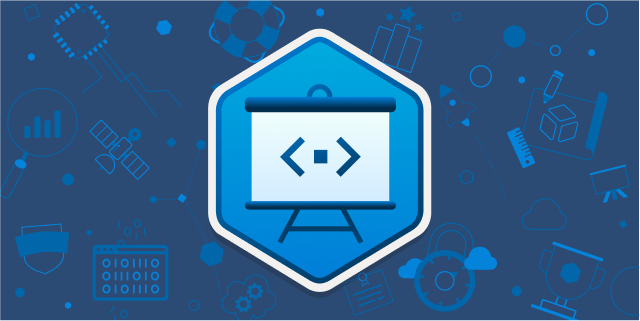AZG News Hub
Your go-to source for the latest news and informative articles.
Web Development: Where Creativity Meets Code
Unleash your creativity! Explore the fusion of design and coding in web development. Dive in for tips, trends, and inspiring projects!
The Evolution of Web Development: From Static Pages to Dynamic Applications
Web development has undergone a remarkable transformation since its inception in the early 1990s. Initially, websites were comprised of static pages, primarily written in HTML, delivering a straightforward user experience without any interactive features. As the internet evolved, developers began incorporating CSS for styling and JavaScript for basic interactivity, paving the way for the first wave of dynamic web applications. This period marked the transition from simple content delivery systems to engaging platforms where users could interact with multimedia elements.
As technology progressed, the introduction of server-side scripting languages such as PHP, Ruby, and Python revolutionized web development. These languages allowed developers to create applications that could process user input and generate dynamic content in real-time, enhancing the overall user experience. Additionally, the advent of frameworks like React, Angular, and Vue.js further streamlined the development process, enabling the creation of complex applications with relative ease. Today, modern web development encompasses a multitude of technologies and practices, leading to a rich ecosystem where dynamic applications continuously evolve to meet user demands.

Top 10 Web Development Frameworks to Enhance Your Creative Projects
In the fast-paced world of web development, choosing the right framework can significantly enhance your creative projects. This article explores the Top 10 web development frameworks that can help streamline your workflow, improve your productivity, and elevate your project's overall quality. A strong framework not only provides structure but also offers a plethora of tools and libraries, enabling developers to create robust applications efficiently. Whether you're focusing on front-end or back-end development, these frameworks cater to various needs, ensuring that you find the perfect match for your unique requirements.
- React - A powerful JavaScript library for building user interfaces, renowned for its performance and flexibility.
- Angular - A comprehensive framework for building dynamic web applications, maintained by Google.
- Vue.js - A versatile framework that helps create interactive and high-performance web interfaces.
- Node.js - A runtime environment that lets you execute JavaScript server-side for efficient back-end development.
- Django - A high-level Python framework that encourages rapid development and clean, pragmatic design.
- Ruby on Rails - A robust framework that makes it easy to develop database-backed web applications.
- Laravel - A PHP framework that simplifies common tasks and promotes a clean, elegant code.
- Flask - A micro-framework for Python that is easy to learn and perfect for small projects.
- WordPress - While primarily a CMS, it is also an effective framework for developing highly customizable websites.
- ASP.NET - A popular framework for building web applications that run on the .NET framework.
How to Balance Aesthetics and Functionality in Web Design
Balancing aesthetics and functionality in web design is crucial for creating an engaging user experience. A visually appealing website can attract visitors, but if it's difficult to navigate, users might leave quickly. To strike the right balance, consider the following strategies:
- Prioritize user experience: Ensure that the design enhances usability rather than obstructs it.
- Use a consistent color scheme: Choose colors that not only look good together but also maintain readability and accessibility.
- Optimize for mobile: Design responsively to cater to users on different devices, ensuring functionality remains intact.
Additionally, integrating functionality into the visual design is key. This means incorporating interactive elements that engage users without compromising their experience. For instance, visual hierarchy should guide users’ attention to important features effortlessly. It's important to conduct regular usability testing to gather feedback and make necessary adjustments. Remember, a successful web design shines when aesthetics serve the purpose of enhancing functionality.